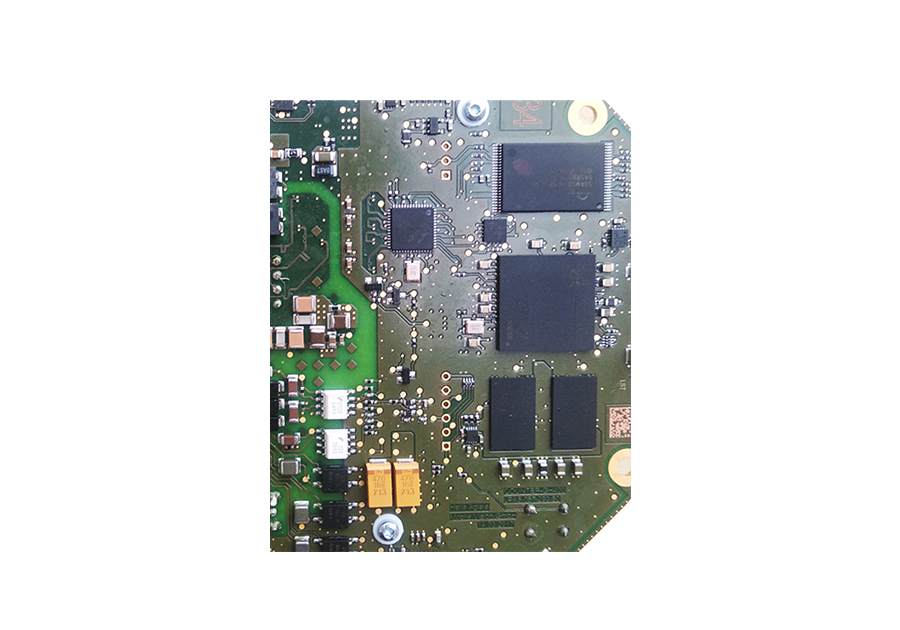-
CN
-
Service Hotline
+8618129931046 Mr. Liao


Time:2025-06-16 Views:1

The selection of flame-retardant materials for single-sided PCBs is of utmost importance for ensuring the safety of electronic products. In the event of a fire, PCBs with proper flame-retardant properties can help prevent the spread of flames and reduce the risk of severe damage and injury.
One of the most commonly used flame-retardant materials for PCBs is flame-retardant fiberglass epoxy resin, often referred to as FR-4. FR-4 is a composite material consisting of a fiberglass cloth reinforced with an epoxy resin that contains flame-retardant additives. The flame-retardant additives, typically bromine-based compounds or phosphorus-based compounds, work by interfering with the combustion process. Bromine-based additives release bromine radicals when exposed to high temperatures, which react with the free radicals involved in the combustion reaction, suppressing the flame. Phosphorus-based additives, on the other hand, form a char layer on the surface of the material when burned, which acts as a barrier, preventing oxygen from reaching the underlying material and thus extinguishing the flame.
Another option for flame-retardant materials is polyimide. Polyimide has excellent thermal stability and mechanical properties in addition to its flame-retardant characteristics. It can withstand high temperatures without degrading or releasing harmful gases, making it suitable for applications where the PCB may be exposed to extreme heat. Polyimide-based PCBs are often used in high-reliability applications, such as aerospace and military electronics, where safety and performance are critical.
When selecting flame-retardant materials for single-sided PCBs, several factors need to be considered. Firstly, the flame-retardant rating is crucial. Different industries and applications have specific requirements for flame retardancy, and materials should meet or exceed these standards. For example, in consumer electronics, PCBs are often required to meet the UL 94 V-0 or V-1 flammability ratings, which specify the maximum burn time and drip characteristics under certain test conditions. Secondly, the electrical and mechanical properties of the material should not be compromised. The flame-retardant material should still provide good electrical insulation and mechanical strength to support the components on the PCB. Additionally, environmental considerations are becoming increasingly important. Some flame-retardant materials, especially those containing bromine, have raised environmental concerns due to the potential release of harmful substances during disposal. As a result, there is a growing trend towards using more environmentally friendly flame-retardant materials, such as those based on phosphorus or other halogen-free compounds. By carefully considering these factors, designers can select the most appropriate flame-retardant materials for single-sided PCBs, balancing safety, performance, and environmental impact.